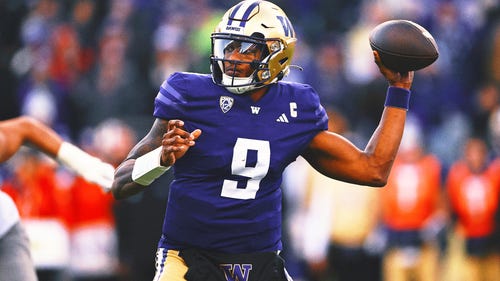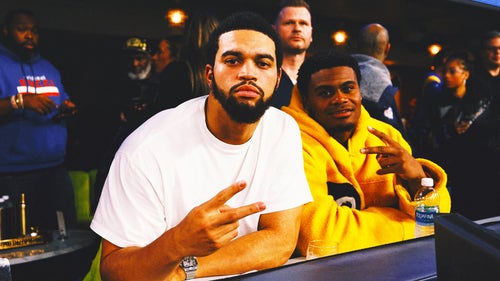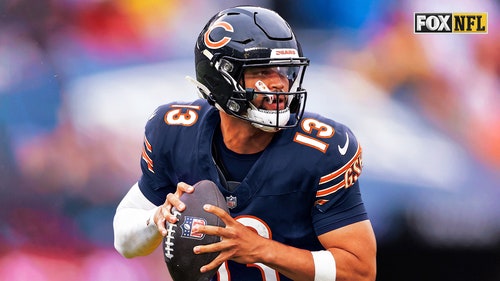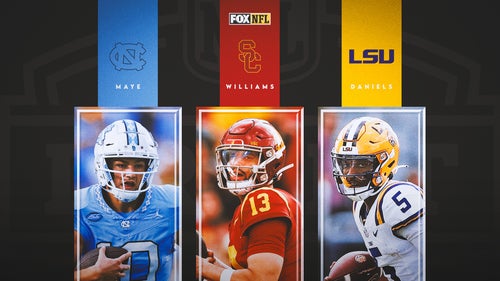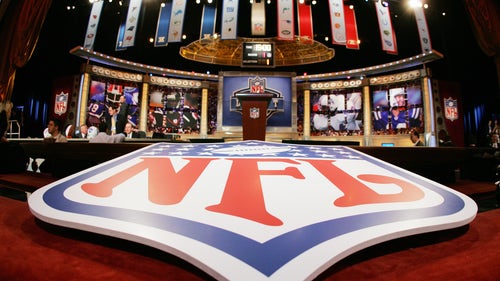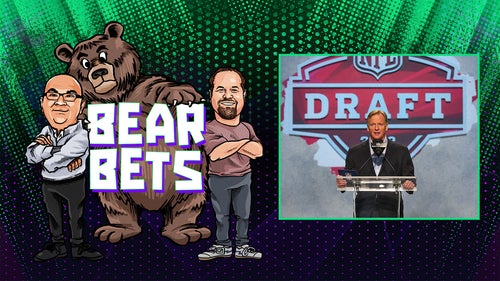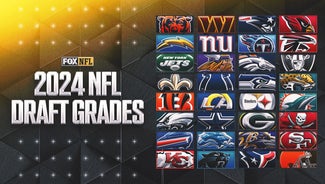
Drafting NFL quarterbacks a big risk
You have heard it a million times; it is cliché, it is redundant, but it is true. This is a quarterback-driven league, more so than at anytime in the history of the NFL. The front end of this year’s draft is littered with teams that are in this position, in no small part, because they don’t have a quarterback.
Only Dallas and Houston can safely say their issues lay elsewhere. Cleveland, Detroit and St. Louis all think they may already have the answer at the position because of the development of the quarterbacks they have taken the last two years in the draft.
It stands to reason that the selecting of a quarterback may be the single biggest decision a franchise has to make, even bigger than selecting its head coach. But I am reminded of the words of Academy Award-winning screenwriter William Goldman (“Butch Cassidy and the Sundance Kid”, “The Princess Bride”) when he says there is a key rule that you must always remember to understand the way things work in Hollywood: “Nobody knows anything.”
Back in the late 1960s, teams succeeded only about 50 percent of the time in identifying quarterbacks taken in the first 10 selections of the draft, where you’d want everyone you pick to be a future All-Pro.
Overall, in the entire first round, where you at the least want a longtime quality starter, the collective record of NFL teams was identical, about 50 percent. Sometimes they were right (as when the Pittsburgh Steelers took Terry Bradshaw with the first pick in the 1969 draft) and sometimes they were wrong (as when the Chargers took Marty Domres with the ninth pick in 1968 draft).
In 1967, with the third pick in the draft, the San Francisco 49ers chose Heisman Trophy winner Steve Spurrier from Florida. One pick later, the Miami Dolphins took future Hall of Famer Bob Griese.
Today, with the benefit of decades’ more experience, a keener understanding of the qualities needed to be successful and millions spent in scouting and evaluating talent with precision, teams still are about 50 percent successful when trying to identify future All-Pro quarterbacks in the first 10 picks, and the same 50 percent with first-rounders in general.
There are two inevitable truths that you can never forget about the position:
1. It is the single most difficult position to master in the world of team sports. Nothing — not a baseball pitcher nor a soccer goalie nor a basketball point guard — requires such a mixture of athletic skills, raw brainpower, functional intelligence and that ineffable something that Hemingway once described as “grace under pressure.”
2. It is the hardest position to evaluate in all of professional sports.
Consider this: From 1999 to 2010, there were 33 quarterbacks drafted in the first round of the draft, but only 13 drafted in the second round.
Think about that: By all rights, the distribution should be equal. Even if teams tend to overrate or overvalue quarterbacks, they should overrate them and overvalue them all the way down the line. But that’s not what happens. Teams worry nearly as much about passing on a franchise quarterback as they do about drafting a player who turns out to be a bust.
The Minnesota Viking passed on Aaron Rodgers twice in the 2005 draft, selecting instead wide receiver Troy Williamson and defensive end Erasmus James. Neither is even currently in the league.
In 2008 Miami chose an excellent offensive tackle in Jake Long but passed on the chance to take QB Matt Ryan (20-10 record as starter with Falcons in three seasons). In that same year Jacksonville, Buffalo, Carolina and Arizona all passed on taking Joe Flacco (20-12 as starter with Ravens).
Take a look at some of the spectacular quarterback misses of recent years: Tim Couch and Alex Smith, drafted No. 1 overall by Cleveland and San Francisco in 1999 and 2005, respectively. Ryan Leaf, picked second in 1998; Joey Harrington, Heath Shuler and Akili Smith, picked third in 1998, 1999 and 2002.
More recently, JaMarcus Russell was picked No. 1 overall by Oakland in 2007. Matt Leinart was the 10th overall pick in 2006 by Arizona.
In 2003, yours truly took Kyle Boller with the No. 19 pick in Baltimore.
What do all these players have in common? The coaches who were there when the players were drafted are all out of jobs now. You miss with a top pick at QB and you can go ahead and put your house on the market, because you’ll be moving soon.
In the last two seasons we have been faced with the problem of trying to evaluate two of the most spectacular athletes to ever play the position, Heisman Trophy winners Tim Tebow and Cam Newton. When you look at Heisman Trophy winning quarterbacks, it paints a bleak picture of prospects for the NFL.
In the past 25 years, at least eight Heisman winners — Andre Ware, Gino Torretta, Charlie Ward, Danny Wuerffel, Chris Weinke, Eric Crouch, Jason White and Troy Smith — have all been complete washouts.
The spread systems being run in the college game are a brilliant combination of high percentage passes, strong running games, and to a large degree, the ability of the quarterback to generate yards rushing from the shotgun.
Let’s look at these factors and the way they translate to the NFL.
Completion percentage is now the hot button for evaluation of quarterbacks. In that vein, the numbers being put out by this style of play are impressive, but deceiving. The circumstances that allow a quarterback to excel in this system rarely exist in the NFL.
Typically, the spread quarterback is dropping the ball off after an effective play fake in which the defense has to honor the running back and the potential of the quarterback to pull the ball out and run. This puts a great deal of pressure on college defenses and makes for more wide open receivers and tight ends down the field with little pressure on the quarterback while he throws.
The No. 1 attribute a NFL quarterback must have is the ability to operate in the pocket while under a huge amount of pressure. The trouble for general managers and coaches around the league is that a spread-offense quarterback has yet to win consistently in the NFL and has never won a championship. It is very difficult to evaluate a quarterback running a spread offense and extrapolate how that player will perform in the NFL.
Newton is a perfect case in point. Having started only one season in major college football, he attempted 284 passes from Auburn's spread offense.
Recently, a quarterbacks coach for one of the teams that is drafting in the top 10 told me, “How do I evaluate this guy? When you are looking at a QB in a spread offense only about 10 percent of the throws he makes are ones that translate into what he will be doing for us. That means I have to make the recommendation to take this guy with a total of about 25 throws (to evaluate), and give him $50 million! It’s scary.”
You are darn right it is scary. Think about it, based on the history of this league, you would have better odds having your owner put that $50 million on red or black at the roulette table in Vegas.
Just remember, the house always wins!







































































































































